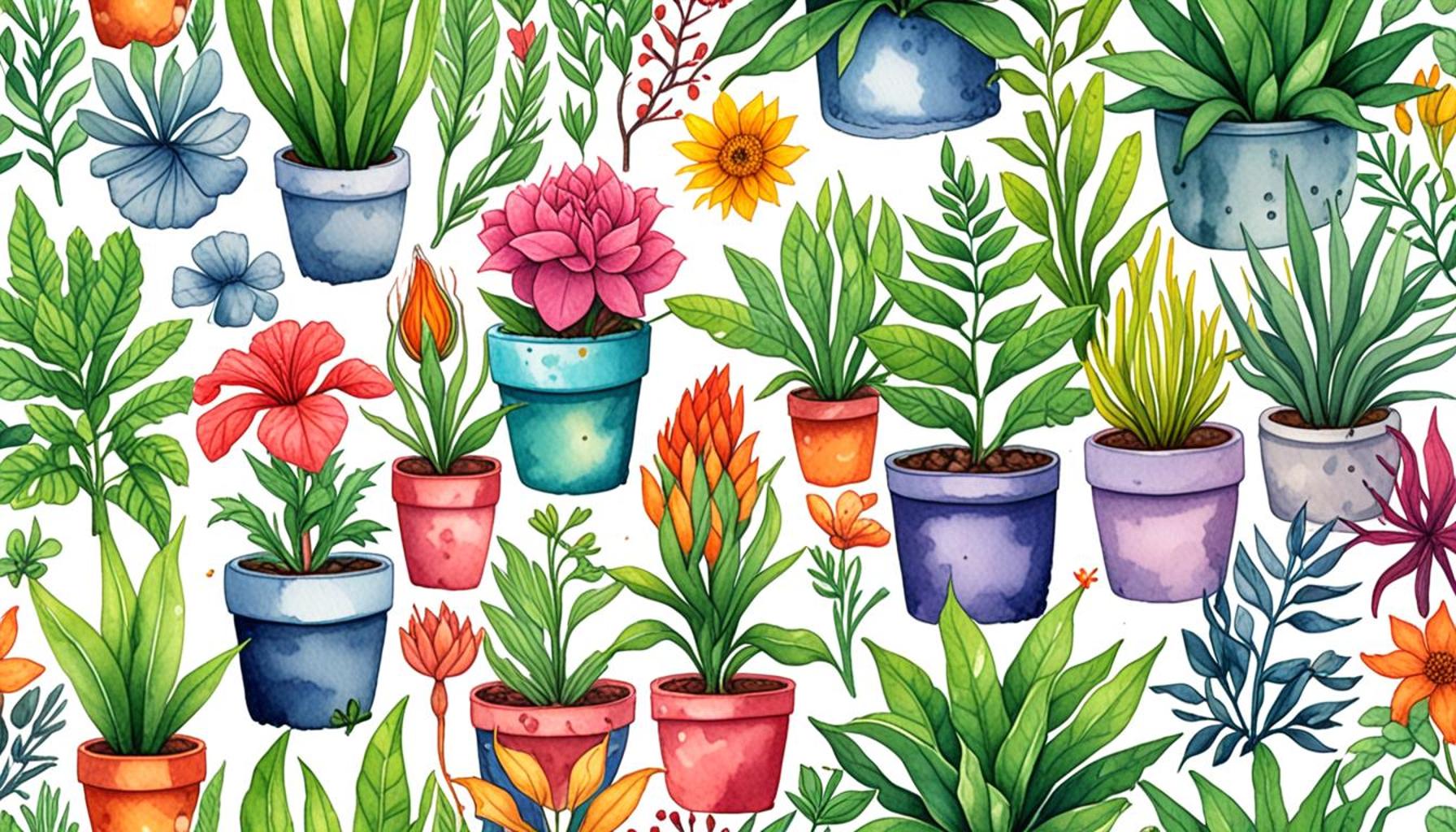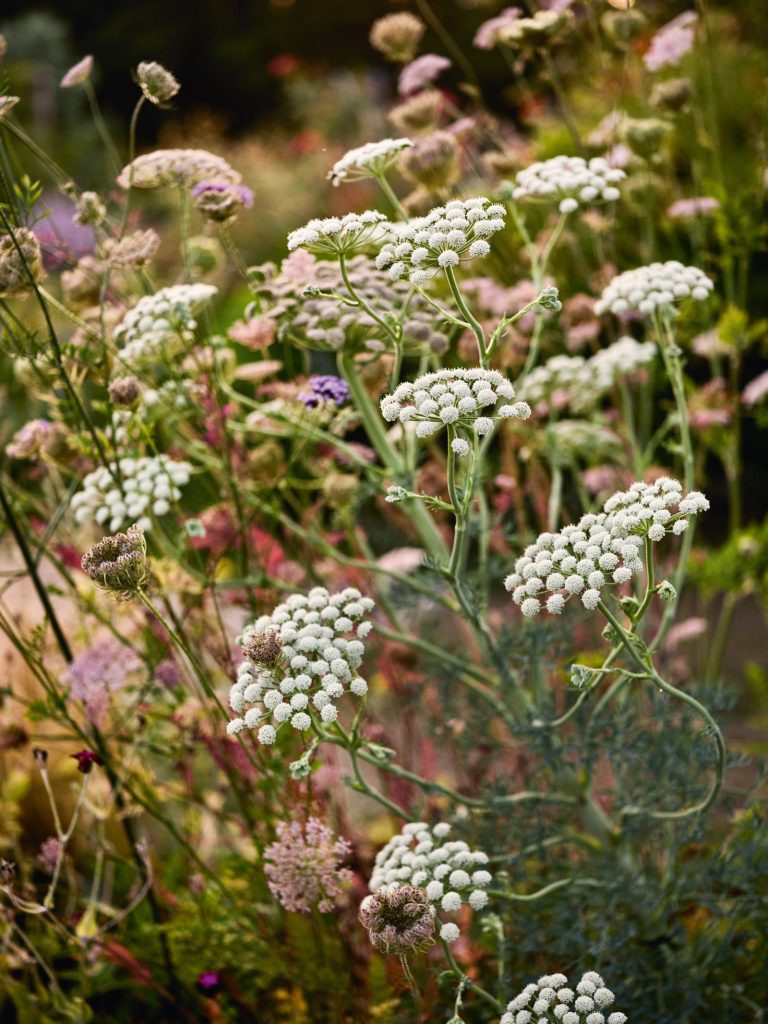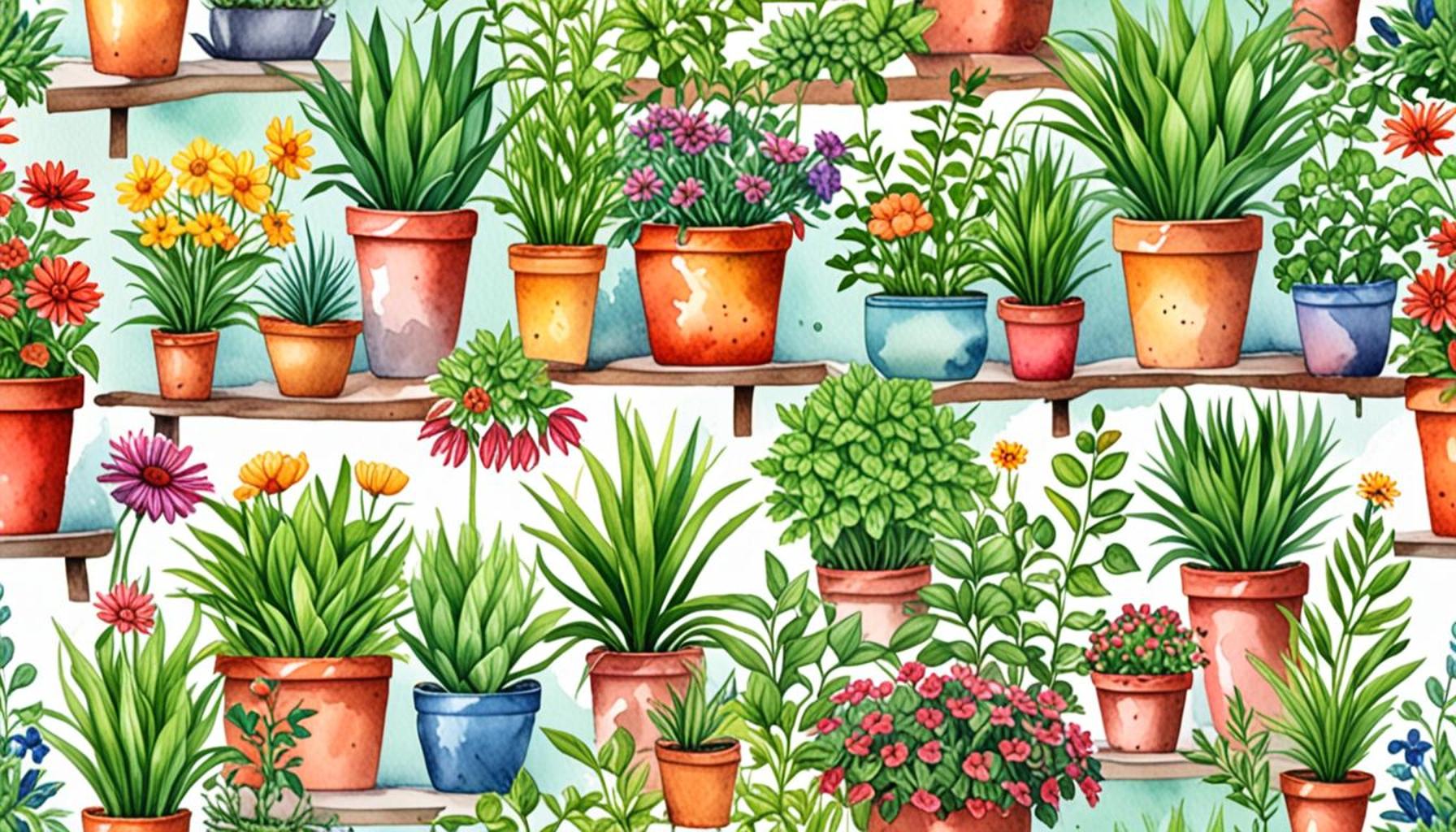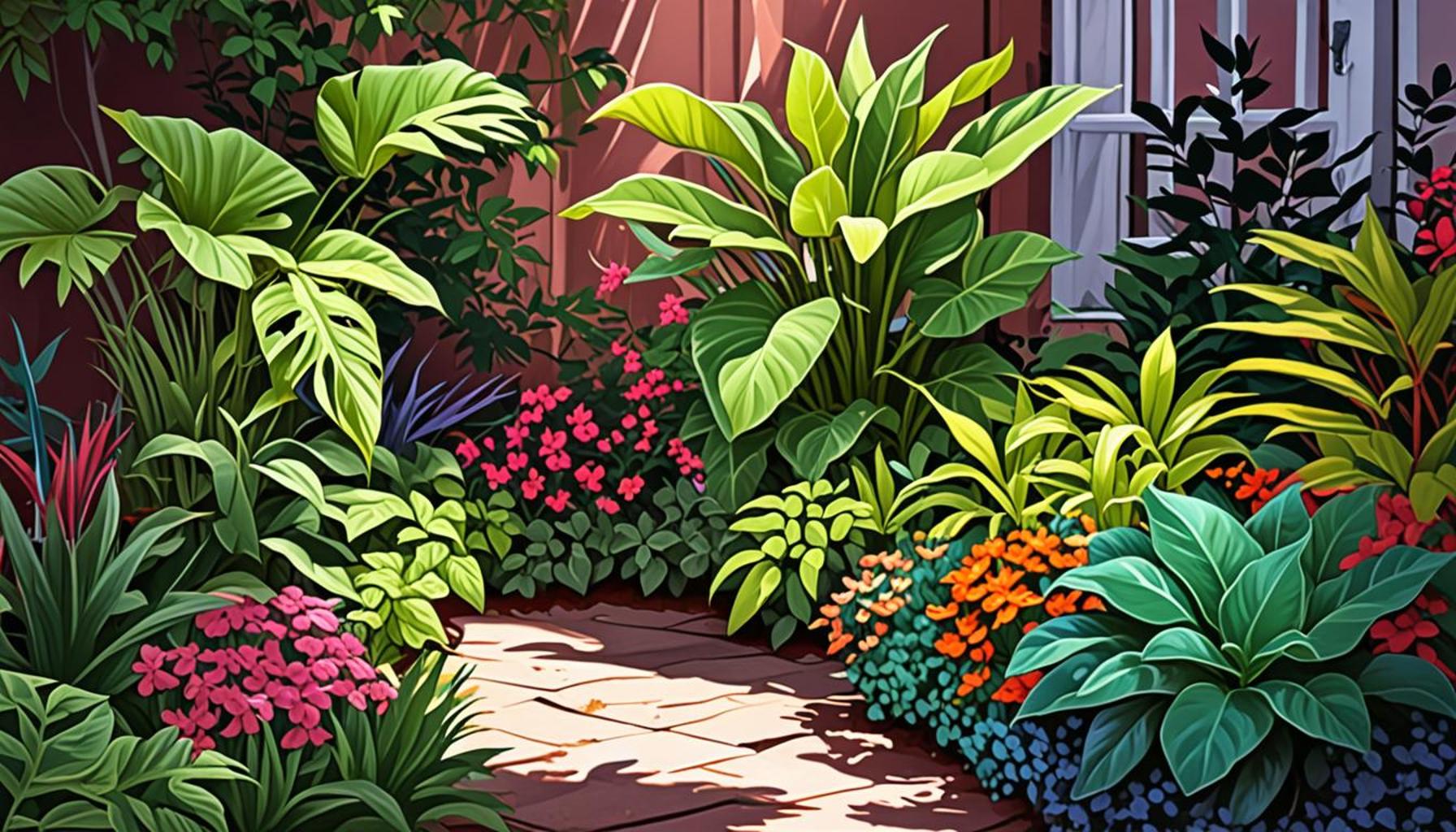Resilient Plants: How to Select Species that Withstand Extreme Climates

Understanding Resilient Plant Selection
In recent years, the conversation surrounding resilient plants has evolved into a critical discourse in environmental science and gardening alike. With climate change manifesting through erratic weather patterns, prolonged droughts, and unpredictable frost, the choice of plants in landscaping has become more crucial than ever. Resilient plants represent a solution for gardeners eager to cultivate thriving landscapes despite these challenges. The key is not just about survival; it’s about thriving under less-than-ideal conditions.
When embarking on the journey of selecting plants that can withstand extreme climates, there are several critical factors to keep in mind:
- Drought Resistance: Choose species that are adapted to low-water conditions. For instance, succulents such as Aloe vera and cacti are excellent options in arid regions due to their ability to store water. Various native plants like California Poppy showcase not only beauty but also a remarkable ability to endure drought.
- Temperature Adaptability: It is essential to select plants that can cope with drastic temperature fluctuations. Black-eyed Susan and Daylilies exemplify hardy perennials that maintain their vigor through sweltering summer days and biting winter nights.
- Pest Resistance: Focusing on pest-resistant varieties allows you to reduce dependency on chemical pesticides, which can harm the environment. Plants like Lavender and Marigolds emit fragrances that naturally deter many common pests while also enhancing the aesthetics of your garden.
Geographic diversity across the United States requires tailored plant choices. In the arid Southwest, plants such as Agave and various species of yucca are not merely beautiful; they embody resilience against brutal sun exposure and minimal moisture. Conversely, in the icy expanses of the North, Hellebores and Bergenia flourish, demonstrating an ability to bloom when the ground is still frozen.
In addition to climate adaptability, understanding your local ecosystem can further enrich your plant selection process. Embracing native species ensures that your garden supports local wildlife and promotes biodiversity. By interspersing native plants like Echinacea or Bee Balm, you invite birds, bees, and beneficial insects to participate in the dynamic web of life that your garden can sustain.
This exploration of resilient plants transforms gardening into an adventure embracing ecological stewardship. Witnessing the outcomes of thoughtful plant selection can lead not only to a gorgeous landscape but also to a paradigm shift towards a more sustainable gardening ethos. As we face the realities of an unpredictable climate, cultivating resilient plants offers both hope and a pathway to beautify our living environments.

LEARN MORE: Click here for essential tips on soil preparation throughout the year
Factors to Consider in Resilient Plant Selection
Selecting the right resilient plants involves a comprehensive understanding of both the plants themselves and the environmental factors at play. To successfully navigate this selection process, gardeners need to assess various attributes of potential plant species. These attributes can significantly impact their ability to thrive in extreme climates, making informed choices essential for long-term success.
One of the primary considerations is the plant’s drought resistance. As water scarcity becomes increasingly common, choosing plants that can thrive on minimal moisture is crucial. In regions experiencing prolonged dry spells, plants such as the Agave and Sedum, with their fleshy leaves designed to store water, can sustain life and beauty even in parched conditions. Additionally, native flora like the Yucca or Desert Marigold not only showcase vibrant blooms but are also exceptionally well-suited to endure the harsh realities of arid landscapes.
In examining temperature adaptability, it’s vital to consider plants that flourish despite vast fluctuations in temperature. For instance, Russian Sage and Buddleia are adaptable perennials that can withstand the heat of summer and return every spring, demonstrating incredible hardiness. In more northern climates, routine frost may challenge the growth of typical garden plants. However, species such as the Snowdrop and Coral Bells have been known to break ground even under a blanket of snow, thus showcasing their exceptional resilience.
Pest resistance is yet another significant factor to factor into your plant selection. By opting for pest-resistant varieties, such as Coneflower and Catmint, you not only mitigate the need for potentially harmful chemical treatments but also create a healthier ecosystem. Many of these resilient plants are naturally capable of thriving without excessive maintenance or human intervention, encouraging a more organic approach to gardening.
To help simplify your decision-making, below are some important plant characteristics to consider when selecting resilient species for your garden:
- Drought Tolerance: Look for plants that can retain moisture effectively.
- Cold Hardiness: Identify species that can survive freezing temperatures during winter months.
- Pest Resistance: Favor plants that bear natural chemical defenses against common garden nuisances.
- Soil Adaptability: Choose breeds that can thrive in poor soil conditions, such as sandy or rocky terrain.
- Native Species: Embrace local flora to support the surrounding ecosystem and improve biodiversity.
In understanding and integrating these factors, gardeners can make informed selections that yield vibrant, resilient landscapes. Armed with knowledge about plant adaptability, gardeners can explore a world of possibilities that not only survive but flourish—regardless of the whims of our changing climate.
Exploring the World of Resilient Plants
When considering resilient plants that can thrive in extreme climates, it’s essential to understand their unique adaptations. These plants exhibit remarkable traits that enable them to survive intense heat, drought, freezing temperatures, or high salinity conditions. Factors such as deep root systems, waxy leaf coatings, and specialized photosynthesis processes make them strong contenders for challenging environments.
Selection Criteria for Extreme Climate Adaptation
Selecting the right species begins with research. Here are some critical aspects to consider: 1. Native Species: Local flora have evolved to withstand specific climate challenges. For instance, desert plants like cacti possess adaptations that allow them to conserve water, while alpine plants endure extreme cold.2. Drought Tolerance: Look for plants that have shown a resilience to prolonged dry spells. Species such as agaves store water in their thick leaves, making them excellent for arid landscapes.3. Temperature Extremes: Certain plants can survive freezing temperatures due to antifreeze compounds in their tissues. Examples include conifers like spruce that thrive in subarctic conditions.4. Soil Types: Many resilient plants adapt to poor or rocky soils where others fail. Understanding soil composition can guide you in choosing species suited for your location.By focusing on these selection criteria, gardeners and landscape architects can cultivate resilient gardens that not only survive but flourish, offering beauty and ecological benefits in the face of climate extremes. This informed approach not only enhances biodiversity but ensures sustainability in ever-changing environments.
| Category of Resilient Plants | Key Adaptations |
|---|---|
| Succulents | Store water and resist drought effectively. |
| Perennials | Can survive harsh winters and regrow each season. |
| Grasses | Deep roots help them withstand drought and recover quickly. |
Researching and understanding these categories enables better decision-making when selecting climate-resilient plants.
EXPLORE MORE: Click here for effective soil preparation techniques
Exploring Soil Conditions and Microclimates
Another critical aspect of selecting resilient plants is understanding the soil conditions and microclimates within your garden space. Soil quality can vary drastically even within small areas, making local assessments a worthwhile endeavor. To ensure the best growth potential for your plants, it is essential to analyze the soil type, texture, and nutrient levels.
Soil adaptability is vital for resilient plants, especially in regions characterized by poor soil conditions. Many native plant species, such as the Prairie Dropseed or Blue Grama Grass, are well-suited for such environments. These grasses are not only capable of thriving in sandy or rocky soils but also play an essential role in preventing soil erosion, creating a sustainable ecosystem. By selecting plants that are genetically predisposed to handle the local soil conditions, gardeners can foster a landscape that requires less water and fertilizer while supporting the resilience of the native flora.
Another aspect to consider is the presence of microclimates. Microclimates are small areas that experience different climate conditions compared to the surrounding environment due to factors such as shade, wind, and drainage. Understanding these variations can help gardeners strategically place resilient plants. For instance, areas near walls or structures may retain heat, allowing for the successful cultivation of Mediterranean plants like Lavender or Rosemary, which typically thrive in warmer climates. On the other hand, shaded corners of a garden might be ideal for ferns or hostas, which appreciate the cooler, more humid conditions.
Benefits of Selecting Native Flora
Emphasizing the planting of native species becomes increasingly crucial, especially as climate change poses a threat to biodiversity. Native plants are inherently adapted to local climates, pests, and diseases, enabling them to thrive with minimal intervention. In regions across the United States, such as the Southeast or Pacific Northwest, native plants like Eastern Redbud or Oregon Grape not only support local wildlife, including pollinators but also require less water and maintenance due to their natural resilience.
Moreover, incorporating native flora can significantly enhance your garden’s biodiversity, which contributes to overall ecosystem health. By choosing plants such as Milkweed for monarch butterflies or Wild Bergamot for a range of pollinators, gardeners create inviting habitats that foster important ecological relationships. This symbiotic dynamic not only supports wildlife but also decreases the likelihood of pest infestations, as a diverse plant selection can deter problematic species while attracting beneficial insects.
Incorporating Remarkable Examples of Resilience
As you venture into selecting resilient plants, consider the stunning variety of species that showcase remarkable adaptations. The Prickly Pear Cactus, a true desert survivor, exemplifies a plant’s ability to thrive under extreme conditions with its unique water-storing features. In the face of drought, this hardy cactus not only survives but can produce delicious fruit, presenting a dual benefit of resilience and edibility.
Additionally, the Firewise Garden movement highlights plants like Manzanita and California Sagebrush, which can withstand the fury of wildfires while contributing to fire prevention strategies. Their thick leaves and deep roots allow these plants to endure extreme heat and drought, while also minimizing the risk of rapid fire spread—an increasingly important consideration in wildfire-prone regions.
By taking the time to research and consider the environment before selecting resilient plants, gardeners can curate a landscape that not only survives, but flourishes, contributing positively to both their local ecosystem and aesthetic. This thoughtful approach will ultimately guide everyone interested in building gardens that withstand the tests of time and climate.
LEARN MORE: Click here to uncover the secrets of soil structure
Conclusion: Building a Resilient Landscape for the Future
In an era of rapidly changing climates, the selection of resilient plants is becoming increasingly important for gardeners and landowners alike. By understanding the soil conditions, local microclimates, and the inherent adaptability of native species, individuals can create vibrant landscapes that do not just survive, but thrive under extreme climatic pressures. Choosing plants such as Eastern Redbud or Prairie Dropseed not only promotes biodiversity but also ensures that the garden functions harmoniously with its environment, requiring less maintenance and resource input in the long run.
Moreover, the incorporation of resilient varieties, such as the Prickly Pear Cactus or California Sagebrush, demonstrates nature’s resilience despite harsh conditions. These remarkable plants not only adapt well but can also enrich the ecosystem by supporting local wildlife and reducing risks associated with pests and diseases. As this knowledge spreads, it empowers individuals to rethink their gardening practices and to consider the broader implications of their choices on the ecosystem, especially as wildfires and droughts become more common.
Ultimately, the journey of selecting robust plant species is not merely about aesthetics; it is about cultivating a sustainable future. By embracing resilient flora, gardeners will create not just beautiful landscapes, but vital ecosystems that stand the test of time. So as you plan your next gardening project, remember that the right plants can make all the difference in building a sustainable environment that is ready for the challenges ahead.


